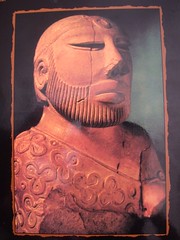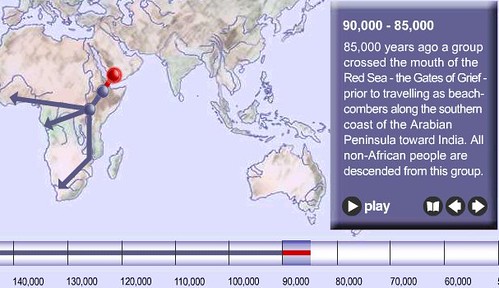Usually archaeologists find artifcats like terracota idols, amphorae or the first labelled portaiture of Emperor Asoka. They also find old temples, forts, boats, and sometimes even skeletons. But it is only once in a blue moon that they find an entire state and this is what happened in China.
The existence of this 3000 year old state, Peng, was never recorded in any historical documents, but only in some inscriptions in bronzeware excavated from two Western Zhou Dynasty tombs
Li Boqian, director of the archaeological research center of the prestigious Beijing University, said at an archaeological forum recently in Beijing that the discovery of the Western Zhou graves in Hengshui is the most important archaeological discovery since the excavation of the graves of the Marquis of Jin, another state of the Western Zhou Dynasty, in Quwo County of Shanxi Province.
The newly found ancient state will help archaeologists and historians better understand the history of the Western Zhou Dynasty and its jurisdiction, Li said.
More than 80 tombs have been excavated at the site in Hengshui, with the tombs of Pengbo and his wife the largest ones. The couple were buried side by side with lots of funeral objects such as bronze ware, carriages and jade, said Song Jianzhong, deputy director of the Institute of Archaeology of Shanxi Province.
One of the most important findings in the graves is the remains of a pall covering the coffins. The remains of the pall, already blended with earth after several thousand years, are still a vivid red color. Phoenix patterns can be seen on the pall, said Song.[3,000-year-old ancient state found in Shanxi]
Tags: archaeology china peng Zhou Dynasty Hengshui


